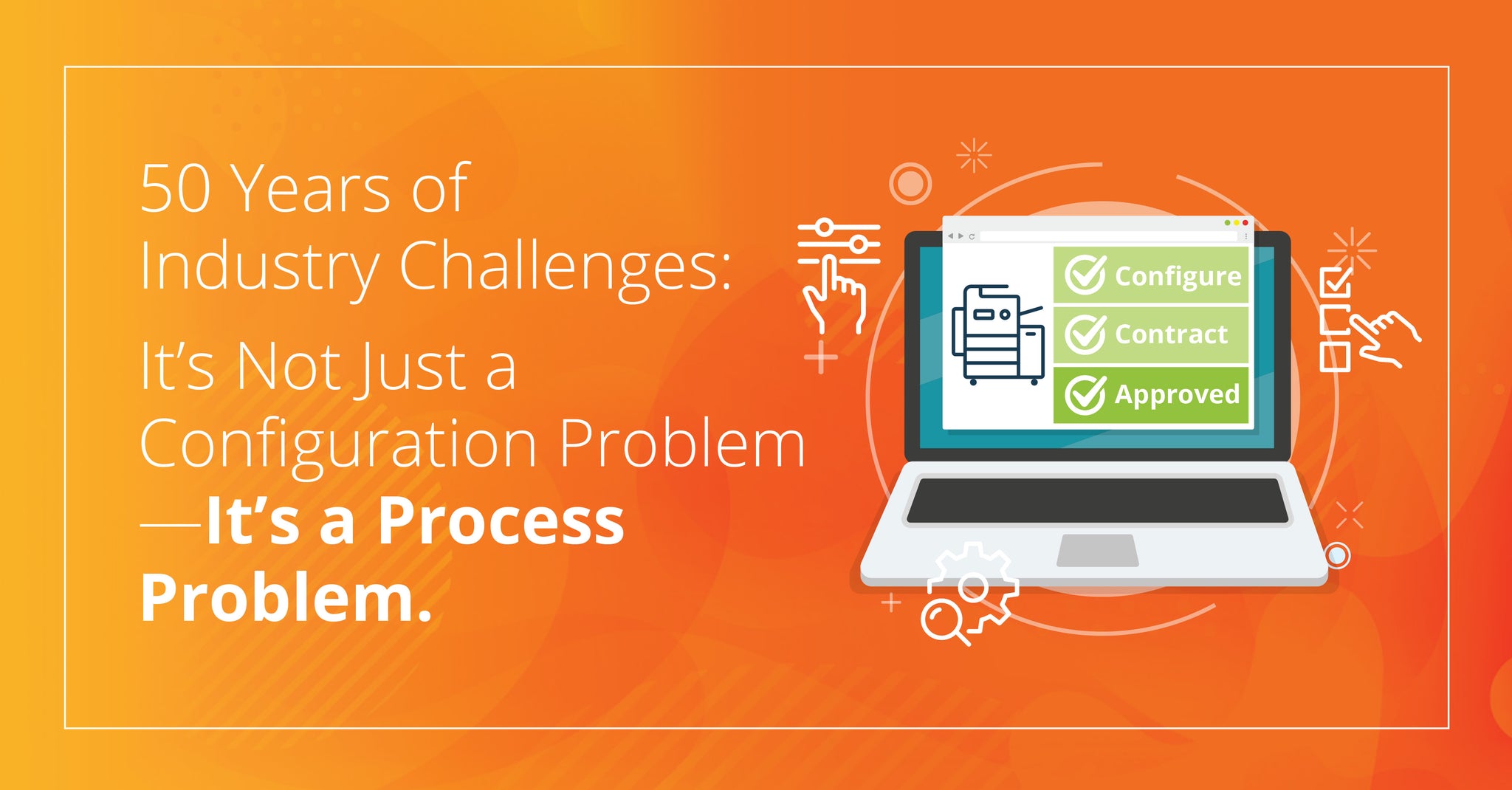
I’ve just returned from the recent ITEX show in Fort Lauderdale, Florida. Before going to the show, I’d been looking to see if there was anything new that may change the traditional business model of the MPS industry. Sometimes what you don’t see at a trade show is just as - or even more - important as what you do see. It’s the combination of these two things that lead me to think that our industry, even in the midst of a downturn, is really gearing up for some exciting times.
Ink. That’s all you need to know.
Ink. The future of our business is ink.
There were a few divergent factors of note at this year’s trade show. The first is that there were only a few 3D printer vendors exhibiting. That particular technology is just not ready for prime time yet. There is certainly a place for 3D printing within engineering firms, but the speed (or lack thereof), and cost make it nothing more than a gizmo in other markets. In all seriousness, I watched people make the equivalent of a McDonald’s Happy Meal toy that was only a single color and took about four hours to produce. This kind of output from devices that cost nearly $5,000, supplies that cost $50 and print heads that only last 200 hours? Someday it will grow up, but today, you can take a pass.
The same goes for this nonsense you may have heard about per-seat print billing. It’s a neat conversation, but when most dealers still struggle with offering the basics of MPS - hardware optimization, supplies fulfillment, CPI billing - this per seat billing for printing seems like a bridge too far. I’m sure somewhere, someplace, it will be offered, but you don’t need to be the first passenger on that train, either.
The train you really should be getting on is the ink train. The value proposition of ink can no longer be ignored. HP is now on its third generation of waterfall ink technology devices. Anyone who is still focusing on repairing old monochrome laser printers needs to really rethink their business. Move away from single function monochrome and embrace multifunction ink. The hardware cost isn’t much more than your repair costs – and if you position it correctly your customers will buy (or even better, finance) the new hardware from you. It’s 2015. Users need multifunction, not single function print. If you look at your customer fleet data, you’ll see that the biggest drop in pages is on the single function printers. Remember, HP owns that ink technology. They’ve invested billions in the past two decades, and now they are harvesting those investments. $500 hardware, color pages at 5 cents or less, mono pages at 1 cent.
It’s time to look at it. Actually, its time to embrace it.
To me, the real piece missing everywhere is the logic and tools, as well as a business plan for dealers to replace the monochrome devices in fleets. Many are still encouraging customers not to buy new hardware and simply repair the dependable old printers. Many question the place of ink-based printers in the office. They don’t like hardware that cannot be serviced and has a planned obsolescence of 4 or 5 years. That sounds a lot like a self-serving proposition. We are in the technology business. Technology is change. It needs to be embraced.
Of course there is still room for laser. I see the market bifurcating between high volume A3 devices (50K-100K AMPVs) and lower volume, sub 10K devices dominated by ink. The middle ground is no man’s land. Not a place you want your business to be in.
Here’s the good news: I made another neat software tool called MPS Toolbox. If you agree that ink is coming on fast, then you’re going to need something to help you uncover opportunities within your customer fleets. Most sales reps have been really bad at building plans for their customers to migrate hardware. They can do it for large volume A3s, but not for the workgroup fleets. MPS Toolbox does this.
Interested? Send me an email or book a demo online today.

